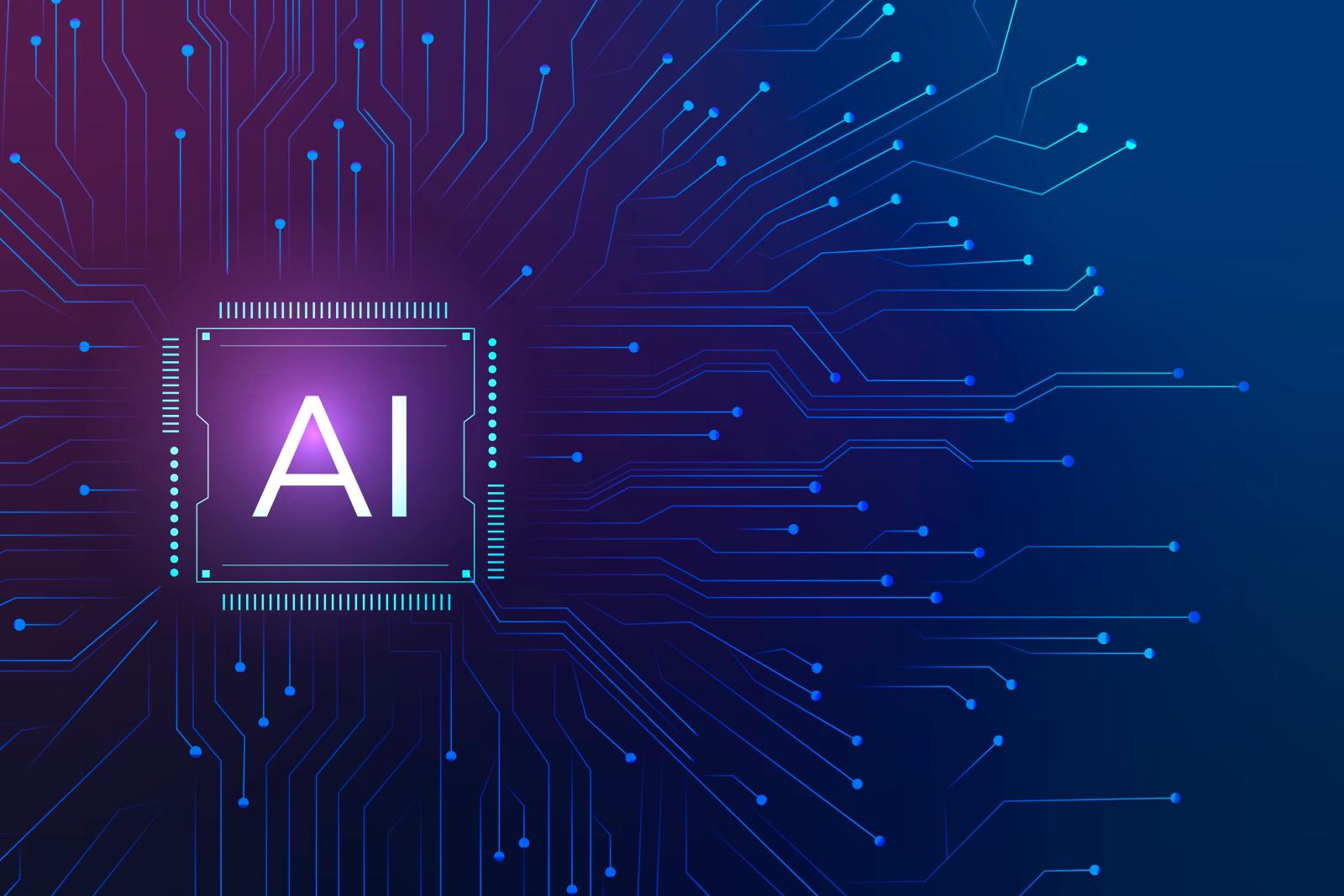
Challenges of AI-Translation in Cat Tools
Deciphering Machine Translation for High-Volume Content
In today’s globalized business landscape, the ability to translate large volumes of content efficiently and accurately is crucial. Machine translation (MT) tools have emerged as a powerful solution, offering a faster and more cost-effective alternative to traditional human translation. However, companies often face a critical decision: integrate MT through a Cat tool’s API or leverage web-browser interfaces directly. While both approaches offer functionality, understanding the key differences between API and web-browser technology is paramount to achieving high-quality translations for large-scale projects.
API Technology: Power Under the Hood
Application Programming Interfaces (APIs) act as intermediaries, allowing applications to communicate and exchange data. In the context of MT, a Cat tool’s API connects to a chosen MT engine, enabling seamless translation integration within the Cat tool’s workflow. This offers several advantages:
- Customization: APIs often provide more granular control over the translation process. Users can define specific translation parameters like domain-specific terminology or preferred translation models.
- Scalability: APIs are designed to handle large volumes of data efficiently. This ensures smooth translation workflows for extensive content libraries.
- Workflow Integration: CAT tools with API integration allow for pre-translation tasks like terminology management and post-editing to occur within a single environment, streamlining the process.
- Technical Expertise: Implementing and maintaining an API connection often requires technical knowledge. This can lead to reliance on IT staff or external developers, potentially impacting project timelines.
- Vendor Lock-In: Companies become somewhat dependent on the specific API and the corresponding Cat tool. Switching providers might require significant reconfiguration and potentially data migration.
- Limited Transparency: APIs often operate as a "black box," making it difficult for users to understand the intricacies of the translation process. This can hinder troubleshooting and quality control efforts.
Web-browser interfaces provide a more user-friendly experience for MT. Popular options like Google Translate or DeepL offer a simple interface where users can directly paste or upload content for translation. The advantages include:
- Ease of Use: Web interfaces are readily accessible from any device with a web browser. This eliminates the need for software installation or configuration.
- Transparency: Users can directly see the source and target texts side-by-side, allowing for easier quality assessment.
- Multiple Language Support: Many web-browser MT tools offer translation capabilities for a vast array of languages, catering to diverse project needs.
- Limited Customization: Web interfaces typically offer fewer customization options compared to APIs. This can be problematic for projects requiring specialized terminology or specific translation styles.
- Scalability Concerns: While some web-browser MT tools can handle larger volumes, they might not be as efficient as dedicated API solutions for truly high-throughput translation needs.
- Security Risks: Uploading confidential content directly to a web interface might raise security concerns, especially for sensitive information.
There’s no single "one size fits all" answer when choosing between API and web-browser MT for large volume translations. The optimal solution depends on several factors:
- Project Scope: For smaller projects with limited technical expertise, web-browser MT can be a quick and convenient option. However, for large-scale, ongoing translation needs, the scalability and customization offered by APIs become more crucial.
- Data Security: If content is highly sensitive, APIs might offer a more secure solution by keeping the translation process within the controlled environment of the Cat tool.
- Technical Capabilities: Companies with in-house IT resources or readily available developers can leverage the more intricate control offered by APIs.
It’s important to remember that even the best MT technology produces output that often requires human intervention. Regardless of the chosen technology (API or web-browser), a robust post-editing process involving qualified linguists is essential for ensuring high-quality translations, especially for large volumes.
Closing Thoughts
Understanding the strengths and weaknesses of both API and web-browser MT technologies empowers companies to make informed decisions for their high-volume translation needs. By carefully considering project requirements, technical expertise, and security concerns, organizations can leverage MT to achieve efficient and high-quality multilingual communication, bridging the gap in our globalized world.
 English
English